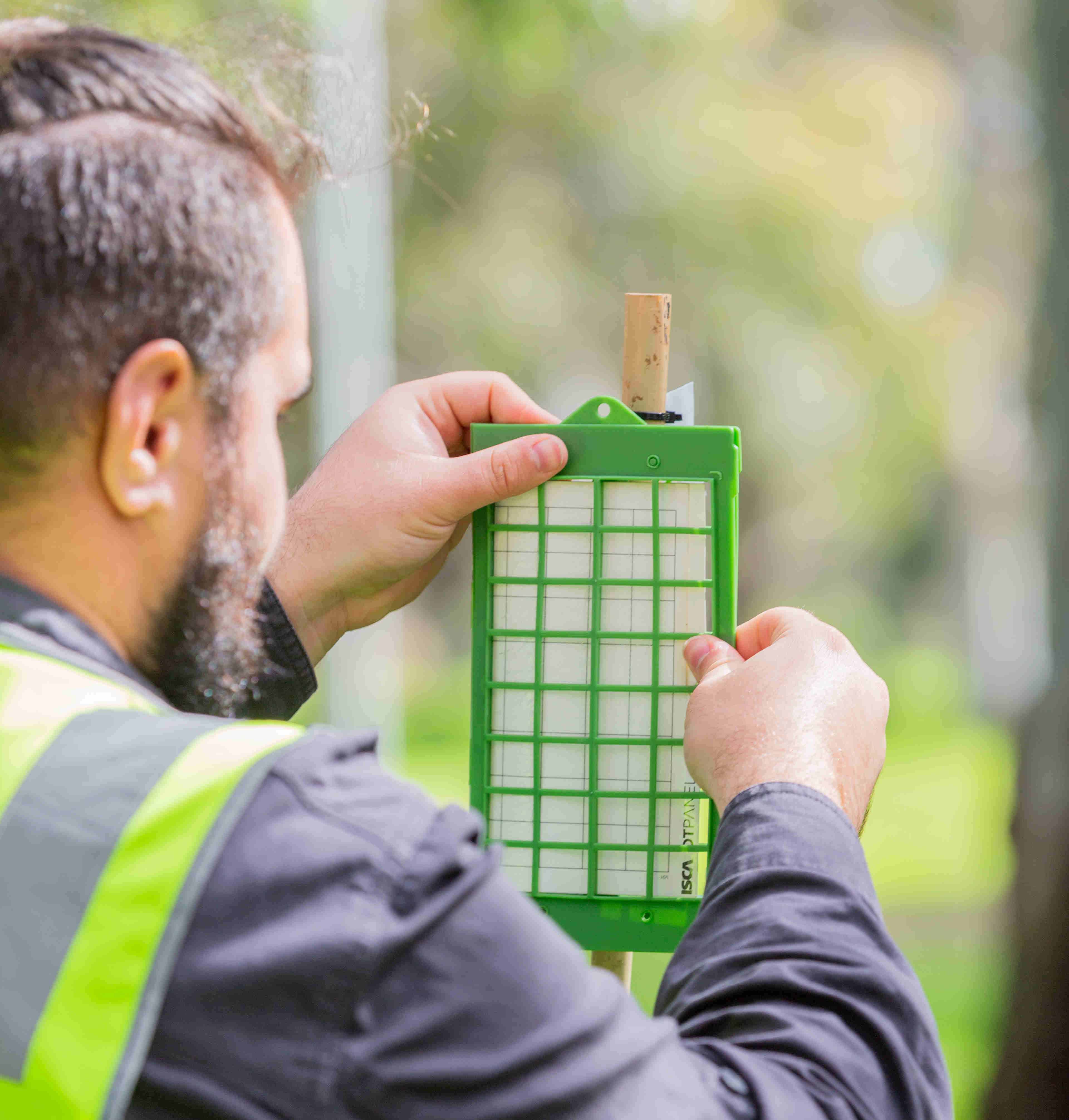The Quarantine Area was extended on 6 September 2024 to cover the entire Perth Metropolitan area, extending across 30 local government areas.
You can enter your address into the interactive map to see if your residence is in one of these zones.
The Quarantine Area encompasses two zones
- Zone A covers an area with high numbers of infested trees and where intensive control activities such as tree removal are underway. This zone will have more restrictions on the movement of high-risk materials.
- Zone B covers an area with fewer or no infested trees and where heightened surveillance is underway to identify and control new infestations. This zone will help create a buffer between areas of high infestations and the rest of WA, further protecting WA’s growing areas.
Residents in Zone A:
- cannot move untreated or unseasoned wood outside Zone A, unless chipped to pieces that are 2.5 cm or less in diameter,
- cannot move plant materials, including living plants, that are greater than 2 cm in diameter outside Zone A,
- must ensure any machinery used to handle green waste is cleaned before it can be moved outside Zone A.
Residents in Zone B:
- cannot move untreated or unseasoned wood outside the Quarantine Area, unless chipped to pieces that are 2.5 cm or less in diameter,
- cannot move plant materials, including living plants, that are greater than 2cm in diameter outside the Quarantine Area,
- can move wood or plant materials, including living plants, into Zone A,
- must ensure any machinery used to handle green waste is cleaned before it can be moved outside the Quarantine Area.
The restrictions do not apply to grass and lawn clippings as these materials do not host the beetle.
Anyone that cannot meet any of the above requirements must contact DPIRD for a permit before moving restricted materials.
Wood refers to wood that is not treated. Treated or seasoned (> 6 months) timber or wood products that are in use for construction, fencing, furniture or packaging and pallets are not considered to be wood and are therefore not considered to be PSHB risk material.
The borer does not affect grass or foliage. Lawn clippings and leaf like material can be disposed of as normal.
Living plants refers to any plant, organ or plant part (including plant cuttings) with woody stems that are greater than 2 cm in diameter.
Wood machinery means any vehicle, equipment or other mechanical apparatus of any kind that has been used in relation to arboriculture, wood mulching, wood chipping or handling of any other wood.
Applying for a permit
A permits and inspection are required if the conditions of the Quarantine Area Notice cannot be met. For example, if you purchase a mature tree (woody stems greater than 2 cm diameter) from a nursery within the Quarantine Area and wish to move the tree to your property outside the Quarantine Area, a permit is required before you move the tree. This is to clear the plant of any signs or symptoms of PSHB and to track movement of plants outside the Quarantine Area.
To apply for a permit or to arrange an inspection please email PSHB@dpird.wa.gov.au. or call the Pest and Disease Information Service on 9368 3080.
Trapping
DPIRD is conducting trapping and surveillance to determine and monitor the spread of the pest. Traps are being distributed throughout the Quarantine Area, across the metro area as well as outlying suburbs of the Quarantine Area. These traps will remain in place for at least six months and help monitor the distribution of the borer.
Traps contain a yellow sticky trap in a cage (to prevent trapping birds, micro bats, rodents etc) with a lure. The lures contain Querciverol, an aggregation pheromone that attracts the beetles.
If you see a trap, don't touch them! They have a very important job to do.
Report a suspected polyphagous shot-hole borer infestation
Please include a ballpoint pen or ruler in photos of bore holes. This assists us in assessing the size of the bore holes.
DPIRD Pest and Disease Information Service
MyPestGuide®



